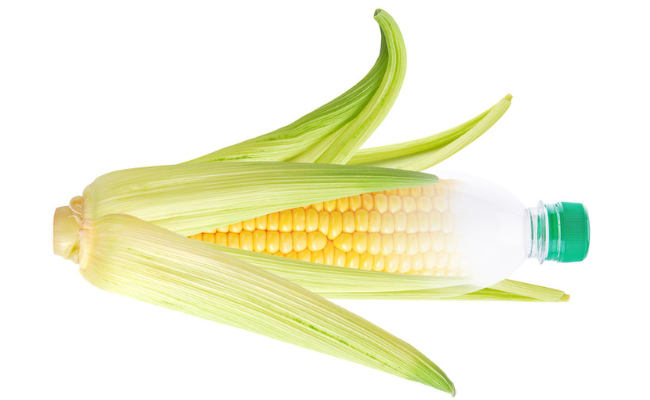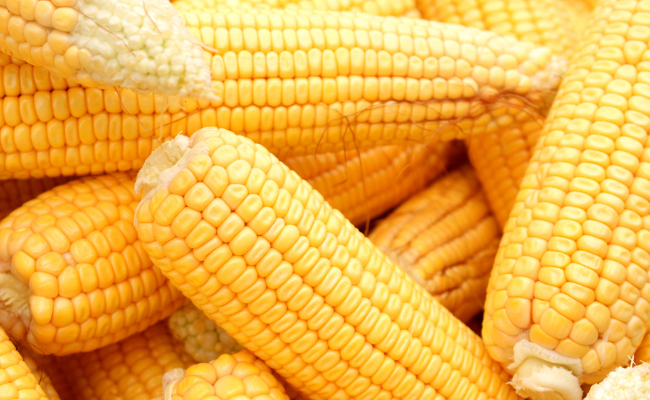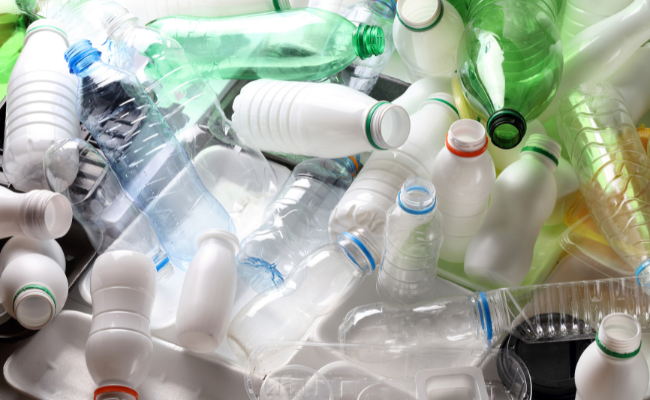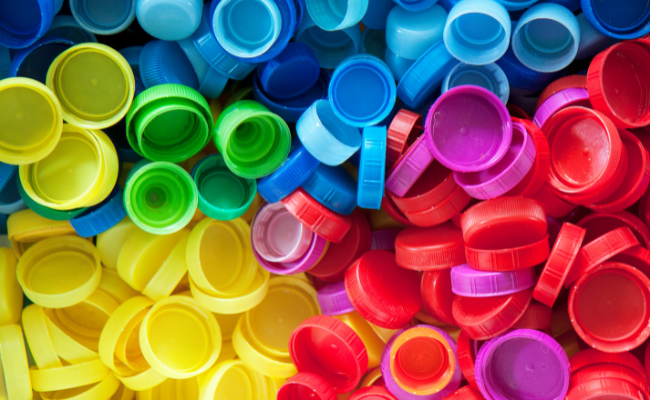Corn-Based Plastic: The Benefits of PLA for Sustainable Manufacturing and Eco-Friendly Products
Plastic has caused severe environmental problems due to its significant increase in production and consumption in recent years. For this reason, efforts are constantly ongoing to find sustainable alternatives.
One potential alternative is corn-based plastic, from renewable resources that can decompose naturally.
Corn plastic, also called polylactic acid (PLA), has risen in popularity as a viable option for disposable items such as food packaging, cutlery, and single-use cups.
Corn PLA is a suitable replacement for petroleum-based plastic as it could reduce greenhouse gas emissions by 25%, as stated by a study in 2017.
What is Corn-Based Plastic PLA?
Corn-based plastic is a non-petroleum material that is a product of the conversion of renewable resources like corn starch or sugarcane into polylactic acid (PLA) resin.
It is a popular eco-friendly alternative to traditional plastics derived from unrenewable fossil fuels.
How Corn-Based Plastic PLA is Made
The production process of PLA involves several steps, as outlined below:
Extraction of Raw Material: The primary source of PLA is corn. The corn kernels are appropriately cleaned and ground into cornmeal to extract the starch.
Processing the Starch: After extracting the starch from the corn, experts washed and purified it to remove impurities. The purified starch then breaks down into glucose through a process called hydrolysis.
Fermentation: The glucose undergoes fermentation using microorganisms, such as Lactobacillus or Bacillus, creating lactic acid.
Polymerization: The lactic acid molecules are heated up and joined together to create lengthy chains of polylactic acid.
Pelletization: The PLA is allowed to cool, after which it is cut into small pellets for ease of handling and transport.
Molding and Shaping: The pellets can be melted and reshaped into different forms using injection molding, extrusion, or blow molding methods.
The Environmental Impact of Corn-Based Plastic PLA
Despite becoming a sought-after choice to traditional petroleum-based plastics, its impact on the environment is only in some ways positive.
For instance, it has a slow rate of biodegradation and relies heavily on genetically modified corn. Scroll down to learn some of the pros and cons of PLA plastic:
Pros
- It is a more viable choice than traditional plastics.
- It can decompose naturally without leaving behind harmful waste or pollutants.
- The production of PLA emits fewer greenhouse gases compared to traditional plastics.
Cons
- PLA requires a land amount of land for production. This can compete with food production.
- To decompose correctly, it needs specific conditions like microorganisms and high temperatures.
- PLA has limited recycling options and does not mix with regular plastics during recycling.
The recycling of corn-based PLA is similar to that of a recycling stream. A recycling stream is a closed-loop system for collecting, processing, and reusing materials like plastics.
In the case of PLA, it undergoes a recycling method known as mechanical recycling. The plastic undergoes shredding and melting to manufacture new products.
Biodegradability of Corn-Based Plastic PLA

Photo Credit: phys.org
The primary benefit of corn plastic compared to regular plastics is its ability to biodegrade. To fully understand this process, here are some key things to note:
Biodegradation Process: PLA degrades after exposure to environmental moisture and microorganisms. This procedure is hydrolysis.
Duration for Biodegradation: Certain conditions determine the duration for PLA to decompose.
If exposed to the right conditions, PLA can decompose naturally within a few months to a few years. If those conditions are absent, it can take several decades to break down.
Benefits and Limitations of Corn-Based Plastic PLA
Here are some of the benefits and limitations of PLA:
Benefits
- Corn PLA supplies a compostable alternative to traditional plastics made from fossil fuels conventional plastic made from fossil fuels.
- Unlike other plastic waste, PLA can naturally break down in the environment.
- PLA’s carbon footprint is lower when compared to conventional plastics. It is because it is a product of renewable resources that require less energy.
- PLA is non-toxic and safe for the environment and human health. It does not release harmful chemicals when it decomposes.
Limitations
- PLA has a low heat tolerance and can only withstand temperatures up to 110°C.
- It requires a specific industrial composting facility to decompose fully.
- Producing PLA from corn starch can reduce the availability of corn as a food source.
- The production of PLA is more expensive than traditional plastics.
Corn-Based Plastic PLA and the Circular Economy
The goal of the circular economy is to reduce pollution and waste while expanding the use of resources.
To achieve this, PLA can be composted at the end of its lifespan rather than being discarded in a landfill where it can take centuries to decompose.
After composting, PLA can become nutrient-rich soil supporting new plant growth, completing the resource use cycle.
However, not all compost piles are suitable for composting corn-based plastic. Composting requires specific conditions, such as the right temperature, moisture, and oxygen levels, to be effective.
The Future of Corn-Based Plastic PLA
The future of PLA looks encouraging as researchers and industry leaders areas researchers are actively addressing its limitations and exploring new uses for this environmentally friendly material.
Here are some possible developments and future directions for PLA:
- Improved biodegradability
- Enhanced recycling options
- Expansion into new applications like 3D printing
- Industry and consumer adoption
Conclusion
Corn-based plastic is an excellent option for eco-friendly packaging because it uses renewable resources and produces minimal greenhouse gases. It has a broad selection of applications in the food and packaging industry.
Even though the production of corn-based plastic is relatively new, the use of advanced technology can make a significant impact in reducing plastic waste.
It is important to acknowledge that corn-based plastic has limitations and may not be appropriate for all products. However, the introduction of corn PLA is foreseeable as a positive step towards a more sustainable future.




